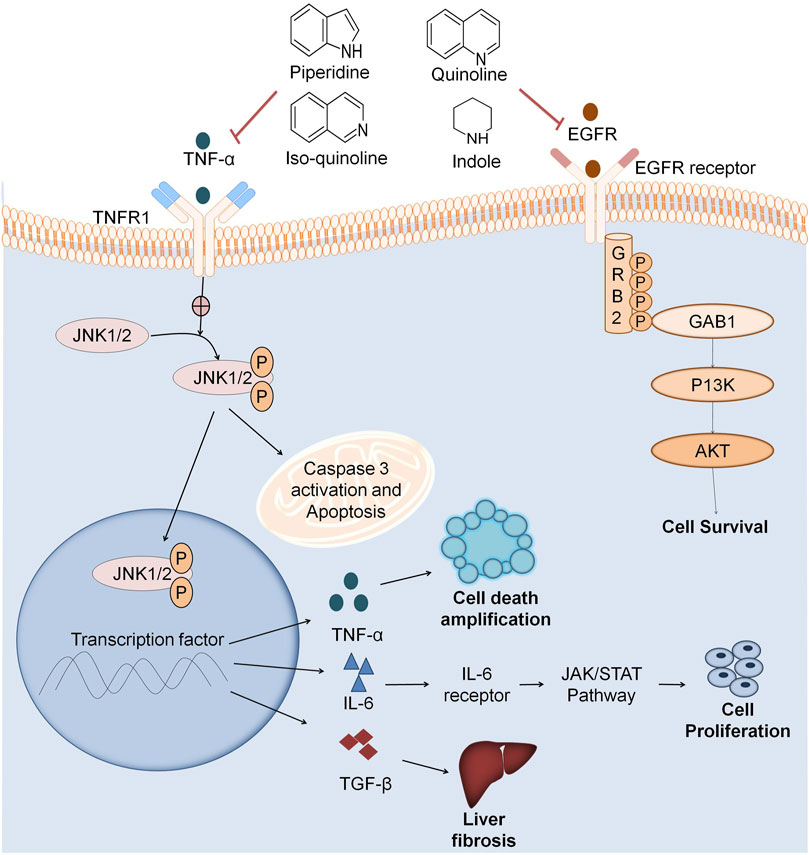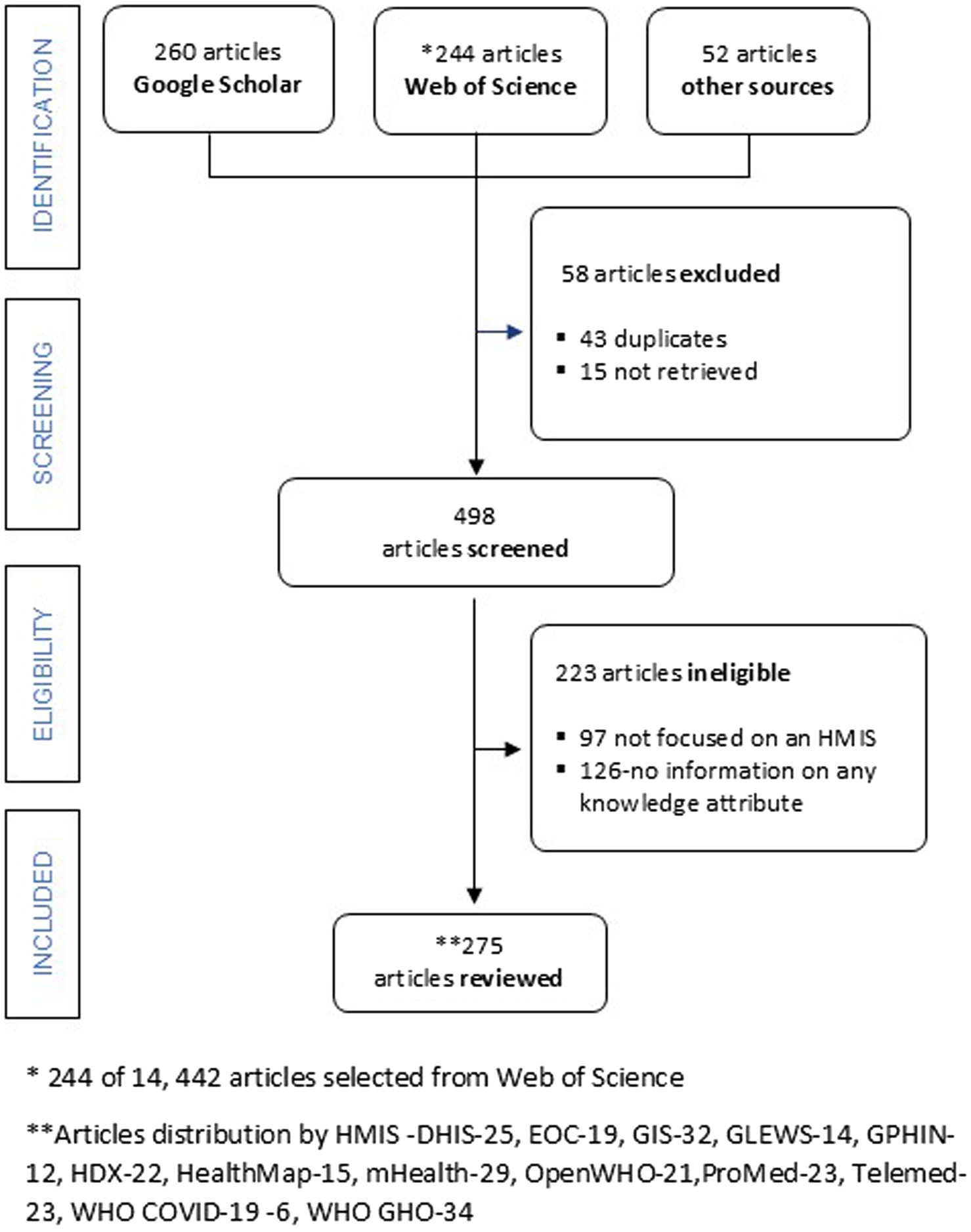Uracil derivatives/ursolic acid hybrids – naturally derived compounds as anticancer agents – Nature

Executive Summary
This report details the design, synthesis, and evaluation of novel uracil/ursolic acid hybrid compounds as potential cytotoxic agents against breast cancer. This research directly supports the United Nations Sustainable Development Goal 3 (SDG 3), which aims to ensure good health and well-being by reducing premature mortality from non-communicable diseases like cancer. A series of twenty hybrid compounds were developed by linking ursolic acid to uracil, thymine, 6-methyluracil, and 2-thiouracil moieties via alkyl chains. Biological evaluation identified five compounds (4a, 5a, 6a, 7a, 9a) with significant cytotoxic activity against hormone-dependent (MCF-7) and triple-negative (MDA-MB-231) breast cancer cell lines. Notably, analogue 6a demonstrated superior efficacy, particularly against the aggressive MDA-MB-231 cell line (IC50 value of 5.83 µM), and exhibited a favorable safety profile with high selectivity against cancer cells over normal human cell lines. Further investigation revealed that compound 6a induces apoptosis by increasing p53 and Bax levels, inhibits collagen biosynthesis, and significantly reduces Akt kinase levels, highlighting multiple antitumorigenic mechanisms. This work represents a significant step in developing naturally derived, targeted anticancer agents, aligning with the principles of sustainable innovation (SDG 9) in pharmaceutical sciences.
Introduction: Aligning Cancer Research with Sustainable Development Goals
The global burden of cancer necessitates innovative therapeutic strategies that are not only effective but also align with global sustainability targets. This research is framed within the context of key United Nations Sustainable Development Goals (SDGs), aiming to contribute to a healthier and more sustainable future.
SDG 3: Good Health and Well-being
Non-communicable diseases, including cancer, are a primary focus of SDG 3. The development of new, more effective, and selective anticancer drugs is critical to reducing premature mortality (Target 3.4). This study addresses this need by exploring hybrid molecules that combine the proven antineoplastic properties of ursolic acid, a natural pentacyclic terpenoid, with nucleobase derivatives to enhance cytotoxicity and specificity against breast cancer cells. By focusing on targeted therapies that minimize harm to healthy tissues, this work seeks to improve treatment outcomes and patient quality of life.
SDG 9: Industry, Innovation, and Infrastructure
Scientific research and innovation are the cornerstones of SDG 9 (Target 9.5). This project contributes by employing advanced chemical synthesis and computational modeling to design and validate novel therapeutic candidates. The creation of hybrid molecules represents a sophisticated approach to drug discovery, overcoming challenges such as multidrug resistance and poor target delivery. The use of computational tools for ADME prediction and molecular docking accelerates the research and development process, embodying the spirit of technological advancement and innovation in the pharmaceutical industry.
Research Objectives
The primary objective was to synthesize and evaluate a new class of ursolic acid-nucleobase hybrids for anticancer activity. The specific aims were to:
- Synthesize a series of twenty hybrid compounds linking ursolic acid to various uracil derivatives.
- Evaluate the cytotoxic and antiproliferative effects of these compounds on human breast cancer cell lines (MCF-7 and MDA-MB-231) and normal human cell lines.
- Investigate the underlying mechanisms of action for the most potent compounds, focusing on apoptosis induction, Akt signaling, and collagen biosynthesis.
- Utilize computational modeling to predict ADME properties and elucidate the molecular interactions with protein kinase targets.
Methodology and Synthesis
Chemical Synthesis of Ursolic Acid Hybrids
A series of twenty ursolic acid hybrids were synthesized. The process involved a two-step reaction:
- Esterification: Ursolic acid was esterified at its C-28 position with either 1,4-dibromobutane or 1,6-dibromohexane to create bromoalkyl ester intermediates (2a, 3a).
- Coupling: These intermediates were then coupled with various nucleobases (uracil, thymine, 6-methyluracil, 2-thiouracil) to yield the final hybrid compounds. This step produced both mono-substituted (4a-11a) and bis-substituted (4b-11b) products.
All synthesized compounds were purified and their structures were confirmed using NMR and HRMS spectroscopic techniques.
Biological Evaluation Protocols
- Cell Viability (MTT Assay): The cytotoxic effects of the compounds were tested on MCF-7 and MDA-MB-231 breast cancer cells, as well as on normal human skin fibroblasts (CCD-25Sk) and bronchial epithelium (BEAS-2B) cells to determine IC50 values and selectivity.
- Cell Proliferation ([3H]thymidine Incorporation): The impact on DNA synthesis was measured to assess antiproliferative activity.
- Collagen Biosynthesis: Inhibition of collagen production was quantified by measuring the incorporation of 5-[3H]-proline in MDA-MB-231 cells.
- Protein Level Analysis (ELISA): Concentrations of key proteins involved in apoptosis (p53, Bax) and cell survival (Akt) were measured in cell lysates.
Computational Analysis
- ADME Prediction: Key Absorption, Distribution, Metabolism, and Excretion (ADME) properties were computationally predicted to assess the drug-likeness of the compounds.
- Molecular Docking: Computational docking studies were performed to predict the binding modes and affinities of the most active compounds to the Akt protein kinase, a key target in cancer therapy.
Key Findings and Discussion
Cytotoxic and Antiproliferative Activity
The investigation revealed that the biological activity of the hybrids was highly dependent on their structure.
- Five mono-substituted compounds (4a, 5a, 6a, 7a, 9a) demonstrated a significant reduction in the viability of both breast cancer cell lines.
- Compounds with a shorter, four-carbon linker chain generally exhibited higher activity than those with a six-carbon linker.
- Analogue 6a (ursolic acid linked to thymine via a four-carbon chain) was the most potent compound, with IC50 values of 14.00 µM against MCF-7 and an impressive 5.83 µM against the more aggressive MDA-MB-231 triple-negative breast cancer cells.
- The bis-substituted products (4b-11b) showed no significant anticancer activity, likely due to their large molecular size hindering cell membrane penetration.
Selectivity and Safety Profile: A Step Towards SDG 3
A critical aspect of advancing SDG 3 is the development of therapies with improved safety profiles. The selectivity of the most active compounds was assessed by comparing their toxicity towards cancer cells versus normal cells.
- Compounds 5a and 6a displayed the highest selectivity, particularly against the MDA-MB-231 cancer cell line, with a Selectivity Index (SI) greater than 10. An SI > 10 is considered a high level of selectivity, indicating that these compounds are significantly more toxic to cancer cells than to healthy cells.
- Compound 6a was nearly ten times less toxic to normal bronchial epithelial cells (BEAS-2B) than to TNBC cells.
- This high degree of selectivity is a promising feature, suggesting a potentially wider therapeutic window and fewer side effects, a key goal in creating sustainable and patient-friendly health solutions.
Mechanisms of Action
Further biochemical assays on the MDA-MB-231 cell line elucidated the multi-faceted antitumorigenic properties of the lead compounds.
- Inhibition of Collagen Biosynthesis: Compounds 5a and 6a were highly effective at inhibiting collagen biosynthesis, a process crucial for the formation of the pro-cancer extracellular matrix. This suggests a mechanism for disrupting the tumor microenvironment and potentially inhibiting metastasis.
- Induction of Apoptosis: Compounds 4a, 6a, 9a, and 9a’ were found to significantly increase the levels of the tumor suppressor protein p53 and the pro-apoptotic protein Bax. This indicates that their cytotoxic effect is mediated through the induction of programmed cell death via the intrinsic mitochondrial pathway.
- Inhibition of Akt Kinase: All tested compounds significantly decreased the levels of Akt kinase, a key protein in cell survival and proliferation pathways. Compounds 4a, 5a’, and 6a were the most potent inhibitors. Hyperactivation of Akt is linked to chemotherapy resistance, so its inhibition is a clinically relevant therapeutic strategy.
Computational Insights: ADME and Molecular Docking
Computational studies provided a theoretical basis for the observed biological activities, reinforcing the innovative approach (SDG 9).
- ADME Properties: While the compounds exceeded the traditional molecular weight limit of 500 Da, they fell within the modern accepted range for drug candidates (
- Molecular Docking: Docking results suggested that the primary binding target is the inactive form of the Akt kinase, similar to known allosteric inhibitors. The models predicted strong binding interactions, particularly for compound 4a, which formed stabilizing hydrogen bonds within the binding pocket. This provides a rational basis for their observed Akt-inhibiting activity and a foundation for future structure-based drug design.
Conclusion: Contributions to Sustainable Health Solutions
This research successfully synthesized twenty novel ursolic acid-nucleobase hybrids and identified several potent anticancer agents. The findings underscore a significant contribution to achieving SDG 3 by advancing the development of new treatments for breast cancer, a major non-communicable disease.
The key conclusions are:
- Mono-substituted ursolic acid hybrids, particularly those with a four-carbon linker, are effective cytotoxic agents against breast cancer cells.
- Compound 6a emerged as the lead candidate, demonstrating high potency against triple-negative breast cancer, excellent selectivity over normal cells, and a multi-pronged mechanism of action that includes apoptosis induction and inhibition of key survival and metastasis-related pathways.
- The study showcases the power of combining natural product chemistry with modern drug design principles, an innovative approach (SDG 9) that can accelerate the discovery of more effective and sustainable medicines.
By developing a highly selective and potent agent from a naturally derived scaffold, this work paves the way for therapies that are not only more effective but also potentially safer, directly supporting the global agenda for good health and well-being.
Future Outlook
While compound 6a has demonstrated significant promise in vitro, further research is essential to validate its therapeutic potential. The next phase of this project will focus on comprehensive in vitro mechanism-of-action studies and pharmacokinetic profiling. Positive outcomes from these studies will justify advancing to in vivo testing, potentially using patient-derived xenograft (PDX) models of breast cancer, to fully evaluate the efficacy and safety of this promising, naturally derived anticancer agent.
1. Which SDGs are addressed or connected to the issues highlighted in the article?
The research detailed in the article directly addresses and connects to the following Sustainable Development Goals (SDGs):
-
SDG 3: Good Health and Well-being
This is the primary SDG connected to the article. The research focuses on designing and synthesising “potential cytotoxic agents” to combat breast cancer. By investigating new therapeutic compounds for a major non-communicable disease, the study directly contributes to the overarching goal of ensuring healthy lives and promoting well-being.
-
SDG 9: Industry, Innovation, and Infrastructure
This goal is relevant through its emphasis on scientific research and innovation (Target 9.5). The article represents a clear example of advanced scientific research, employing sophisticated chemical synthesis techniques, biological assays, and computational methods like “molecular docking” and “ADME properties” prediction to develop novel solutions for a health challenge. The work is described as a “continuation of our research on semi-synthetic derivatives of natural five-ring terpenoids,” highlighting an ongoing innovation process.
2. What specific targets under those SDGs can be identified based on the article’s content?
Based on the article’s focus, the following specific targets can be identified:
-
Target 3.4: Reduce premature mortality from non-communicable diseases
The full target is to “By 2030, reduce by one-third premature mortality from non-communicable diseases through prevention and treatment and promote mental health and well-being.” The article’s entire purpose is to develop new treatments for breast cancer, a leading non-communicable disease (NCD). The synthesis of “ursolic acid hybrids as anticancer agents” and their evaluation against “hormone-dependent breast cancer cell line MCF–7” and “triple-negative breast cancer (TNBC) cell line MDA-MB-231” is a direct contribution to the “treatment” aspect of this target, aiming to improve outcomes and reduce mortality from this disease.
-
Target 3.b: Support the research and development of vaccines and medicines
This target aims to “Support the research and development of vaccines and medicines for the communicable and non-communicable diseases…”. The article is a fundamental R&D study. It details the process from the design and “synthesis of new uracil derivatives/ursolic acid hybrids” to their preclinical evaluation, including “in vitro anticancer activity,” “mechanisms of action,” and “molecular docking studies.” This work is a direct embodiment of the scientific R&D required to create new medicines for NCDs like cancer.
-
Target 9.5: Enhance scientific research
This target calls to “Enhance scientific research, upgrade the technological capabilities of industrial sectors in all countries…”. The study is a piece of advanced scientific research funded by national institutions. It showcases the application of modern scientific capabilities, including “spectroscopic data (1H and 13C NMR, HRMS)” for structural confirmation, various biochemical assays to determine biological activity, and “computational docking” to predict molecular interactions. This contributes to the global knowledge base and demonstrates enhanced research capabilities in pharmacology and medicinal chemistry.
3. Are there any indicators mentioned or implied in the article that can be used to measure progress towards the identified targets?
While the article does not report on the official, high-level SDG indicators (e.g., national mortality rates), it is rich with specific, granular indicators that serve as proxies for progress at the research and development level. These are crucial for tracking the development of new treatments that will ultimately contribute to the high-level goals.
-
Indicators for Target 3.4 (Reduce NCD mortality)
The article uses several in vitro metrics to indicate the potential of the new compounds to effectively treat cancer:
- Cytotoxic Efficacy (IC₅₀ values): The article quantifies the concentration of a compound required to inhibit biological processes by 50%. This is a primary indicator of a potential drug’s potency. For example, “Analog 6a, which demonstrated high cytotoxic activity against MCF-7 and MDA-MB-231 cell lines with IC₅₀ values of 14.00 µM and 5.83 µM, respectively.”
- Selectivity Index (SI): This measures the drug’s specificity for cancer cells over normal cells, a key indicator of safety. The article states, “compounds 5a and 6a showed the highest selectivity especially against MDA-MB-231 cancer cell line, reaching SI values > 10, which is considered a high level of selectivity.”
- Inhibition of Cell Proliferation: Measured via the “[³H]–thymidine incorporation assay,” this indicates the compound’s ability to stop cancer growth. The article notes that “compounds 9a and 5a also showed similar effects on MDA-MB-231 proliferation, with IC₅₀ values of about 10 µM.”
- Induction of Apoptosis (Programmed Cell Death): The study measures the levels of key proteins in the apoptosis pathway. This serves as an indicator of the drug’s mechanism. For instance, “compounds 6a, 9a and 9a’ significantly increased p53 levels” and “The most effective 6a increased Bax levels.”
- Inhibition of Cancer-Promoting Pathways: The article measures the effect on Akt kinase, a protein crucial for cancer cell survival. A key finding was that several compounds “resulted in a statistically significant decrease in Akt levels.”
-
Indicators for Target 3.b and 9.5 (Support R&D and Enhance Scientific Research)
Progress in R&D and scientific innovation is demonstrated by the following outputs and activities described in the article:
- Development of Novel Chemical Entities: The primary output of the research is the creation of new molecules with therapeutic potential. The article reports the successful design and synthesis of “twenty novel compounds.”
- Publication and Dissemination of Scientific Findings: The article itself is an indicator of R&D activity. Its publication in a scientific journal contributes to the global scientific knowledge base, fulfilling a key part of the research cycle.
- Application of Advanced Scientific Methods: The use of sophisticated computational tools for “ADME properties” prediction and “molecular docking” to understand binding modes represents an enhancement of research capabilities and innovation in the drug discovery process.
4. Create a table with three columns titled ‘SDGs, Targets and Indicators” to present the findings from analyzing the article.
| SDGs | Targets | Indicators (Identified in the Article) |
|---|---|---|
| SDG 3: Good Health and Well-being | Target 3.4: By 2030, reduce by one-third premature mortality from non-communicable diseases through prevention and treatment and promote mental health and well-being. |
|
| SDG 3: Good Health and Well-being | Target 3.b: Support the research and development of vaccines and medicines for the communicable and non-communicable diseases… |
|
| SDG 9: Industry, Innovation, and Infrastructure | Target 9.5: Enhance scientific research, upgrade the technological capabilities of industrial sectors in all countries… |
|
Source: nature.com

What is Your Reaction?
 Like
0
Like
0
 Dislike
0
Dislike
0
 Love
0
Love
0
 Funny
0
Funny
0
 Angry
0
Angry
0
 Sad
0
Sad
0
 Wow
0
Wow
0













































































